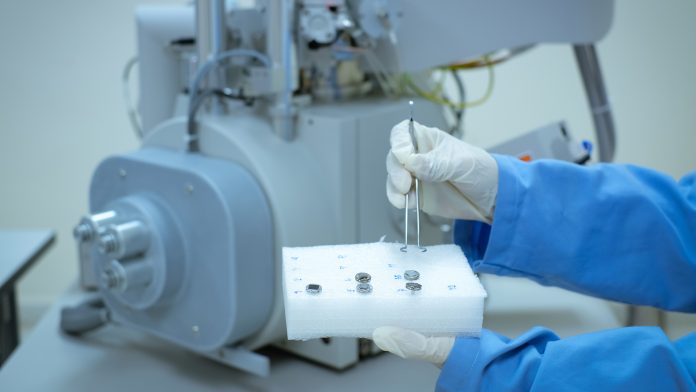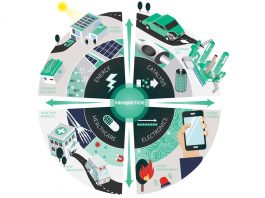A team led by researchers at the University of Manchester, UK, has developed a novel method of manufacturing a manmade nanomaterial called van der Waals heterostructures.
The team of international researchers has revealed a novel method that could fine tune the angled ‘twist’ between atom-thin layers that form van der Waals heterostructures, and help accelerate the next generation of electronics. The new technique can achieve in situ dynamical rotation and manipulation of 2D materials layered on top of each other to form the nanoscale devices that possess unusual properties and exciting new phenomena.
Yaping Yang, the lead author of this work, said: “Our technique enables twisted van der Waals heterostructures with dynamically tuneable optical, mechanical, and electronic properties. This technique, for example, could be used in autonomous robotic manipulation of two-dimensional crystals to build van der Waals superlattices, which would allow accurate positioning, rotation, and manipulation of 2D materials to fabricate materials with desired twist angles, to fine-tune electronic and quantum properties of van der Waals materials.”
Twisting layers of 2D crystals can form a moiré pattern, where lattices of the parent 2D crystals form a superlattice. This superlattice can completely change the behaviour of electrons in the system, leading to many novel phenomena, including strong electron correlations, fractal quantum Hall effect, and superconductivity.
The team demonstrated this technique by successfully fabricating heterostructures where graphene is perfectly aligned with both top and bottom encapsulating layers of hexagonal boron nitride, also known as white graphene, creating double moiré superlattices at the two interfaces.
As published in Science Advances, the technique is mediated by a polymer resist patch on target 2D crystals and a polymer gel manipulator, which can precisely and dynamically control the rotation and positioning of 2D materials. This heterostructure with perfectly aligned graphene and boron nitride demonstrates the potential of the manipulation technique in twistronics.









